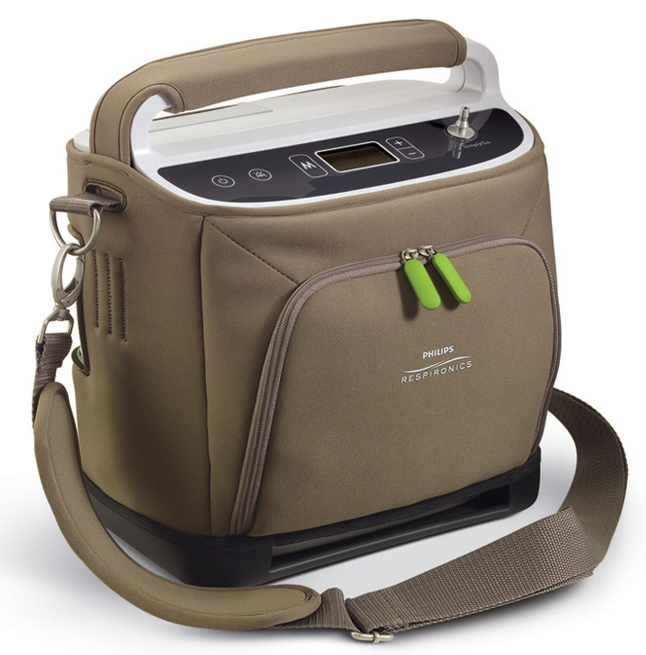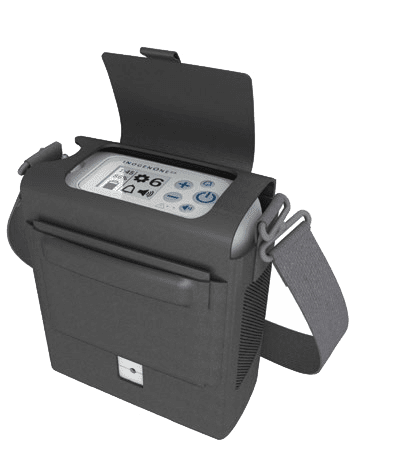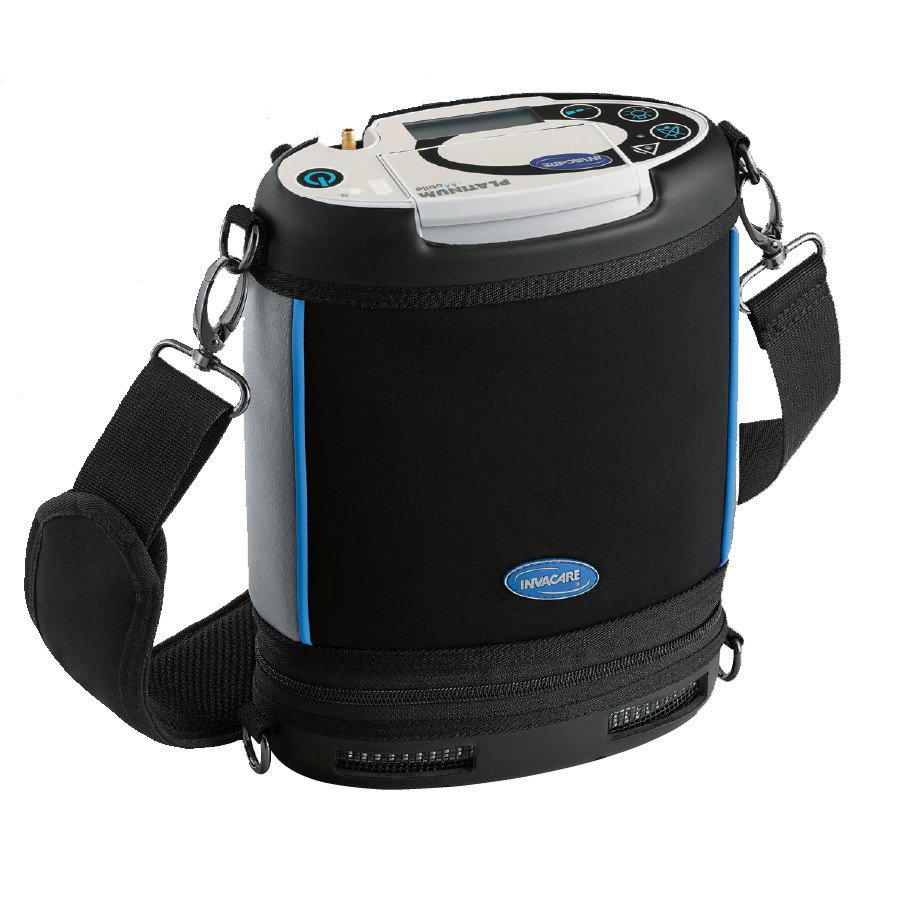The Ultimate Guide To Portable Oxygen Concentrators
Portable Oxygen Concentrators Can Be Fun For Anyone
Table of ContentsNot known Details About Portable Oxygen Concentrators The Facts About Portable Oxygen Concentrators RevealedPortable Oxygen Concentrators Can Be Fun For EveryoneThe Buzz on Portable Oxygen Concentrators
Fixed oxygen concentrators were once the standard, but these tanks might consider 50 extra pounds and were extremely difficult (Portable Oxygen Concentrators). Currently, portable oxygen concentrators finish the job, and they can suit a handbag or handbag! The only thing you should maintain in mind is that portable concentrators have more restricted oxygen distribution capabilitiesThere are two main types of mobile oxygen concentrators: pulse dose and continuous circulation. As the name recommends, pulse dose concentrators offer oxygen intermittently, just turning on when you inhale. This kind of gadget is typically recommended for COPD patients with minimal oxygen demands, as the amount of O2 that a pulse dosage concentrator can provide is relatively reduced.
This gadget can deliver up to 3,000 m, L of oxygen every min, while pulse dose devices often tend to top out at 1250 m, L. Continuous circulation gadgets are the go-to for most COPD people, as they're excellent for people who require two to 5 liters of oxygen a min.
Since you have this overview to the different kinds of portable oxygen equipments, select the very best tool with the aid of your physician. You can discover our blogs for more information concerning the types of mobile oxygen available and our various other items, like tubing and cannulas. Or you can call us directly with any type of specific concerns you could have.
Examine This Report on Portable Oxygen Concentrators
We questioned just how well these mobile oxygen concentrators would function in health centers. POC concentrators raise the percentage of oxygen in ambient air individuals take a breath in, whenever they need a boost.
When it concerns portable oxygen therapy, there are 2 major alternatives for distribution. These are mobile oxygen cylinders which include compressed oxygen gas, or oxygen concentrators, which make use of a battery powered system to press and filter air, in order to develop a constant supply of concentrated oxygen. In this post, AMS Composite Cylinders Technical Supervisor, Tony Morrin, contrasts the two, taking a look at the advantages and disadvantages of each oxygen delivery system for NHS clinical oxygen individuals in terms of patient freedom.

Portable Oxygen Concentrator Oxygen purity is continually greater when provided from cyndrical tubes it never drops below 99. Whilst oxygen concentrators can be valuable for individuals that need a lower circulation of oxygen, cylinders give greater concentrations that can be extra suitable for people with high circulation demands.
The Only Guide to Portable Oxygen Concentrators
Both systems require the patient to bring about tools. For cylinders, this will certainly consist of carrying a bag (and sometimes a trolley) and for mobile oxygen concentrators this will certainly consist of the bag, trolley and power charger. Weight smart, portable oxygen concentrators can be equivalent in weight, or occasionally, lighter than conventional aluminium cyndrical tube systems.
They will certainly need to improve considerably if they are to give the same degree of efficiency as similar composite cylinders. Oxygen always lugs a safety danger. On one hand, need to cyndrical tubes spring a leakage, they can produce an oxygen rich environment that could lead to a boost in fire threat.

The distinction is that there are significant upfront costs to acquiring a mobile oxygen concentrator, but lower running prices utilizing cylinders enables the buyer to spread the expense over an extended period of time. One small drawback of a portable oxygen concentrator is the sound mobile systems make a considerable amount of sound throughout operation, which lots of patients discover disruptive.
The Only Guide for Portable Oxygen Concentrators

Our top quality carbon composite cyndrical tubes supply high stress (300 Bar), low weight, and NLL (Non-Limited Life) performance, and are recognized for usage worldwide. More information concerning AMS Composite Cylinders Ltd can be located at .
Oxygen concentrators are developed with individual flexibility in mind. Whether it's a desktop variation for home usage or a smaller sized, light-weight version for on-the-go, these gadgets allow patients to relocate openly without being tethered to a fixed system. Particularly for the ones particularly created for portability, clients can carry them about, helping with traveling and day-to-day activities easily.
Among the significant benefits of making use of an oxygen concentrator is the elimination check this of the frequent need to refill oxygen tanks. This not only lowers the logistical difficulties and recurrent expenses linked with refills but likewise guarantees that the customer has a much more foreseeable and consistent resource of oxygen. Oxygen concentrators are made to fit seamlessly into the home environment.